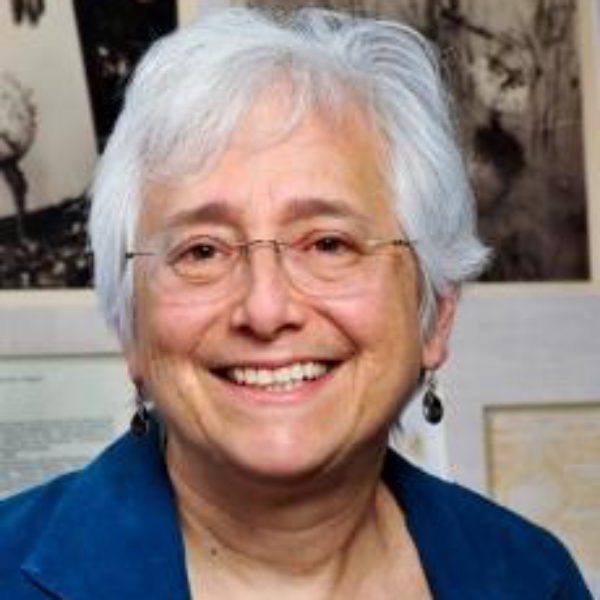Although the categories “wild” and “domesticated” are routinely theorized as opposites, they turn out to overlap significantly in practice. Many animals can belong to either category, depending on both their circumstances and the perspective of the categorizer. Indeed, as human impact on varied environments has become increasingly pervasive, in the Anthropocene the reciprocal resonance of these categories has intensified; the animal wild has become more appealing as it has become less available and more threatened. As the valence of wildness has altered the stakes around its definition have heightened, with implications for such varied enterprises as livestock breeding and the preservation of wild species. Paradoxically, efforts to preserve it have also made it increasingly difficult to distinguish from various forms of domestication. Focusing on shifting understandings of “wildness” in animals and the practices that these understandings have inspired and shaped, my project explores the evolution of this apparent binary over the past three centuries, as exemplified by the experiences of a range of terrestrial mammals, from Scottish wildcats to South African quaggas to Australian camels.. It also examines shifts in societal values that have important consequences for animals, for people, and for the environments that we all inhabit.

